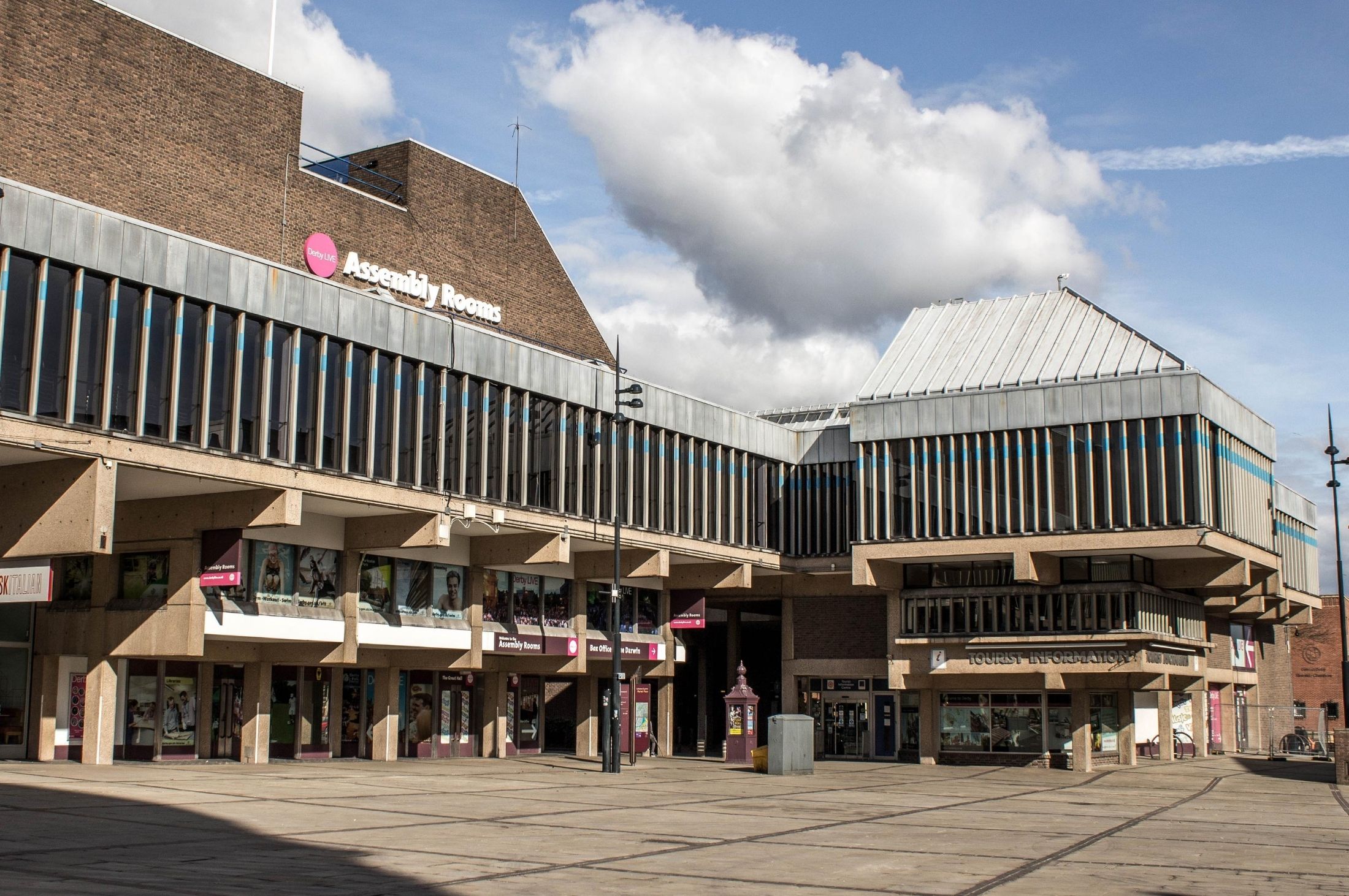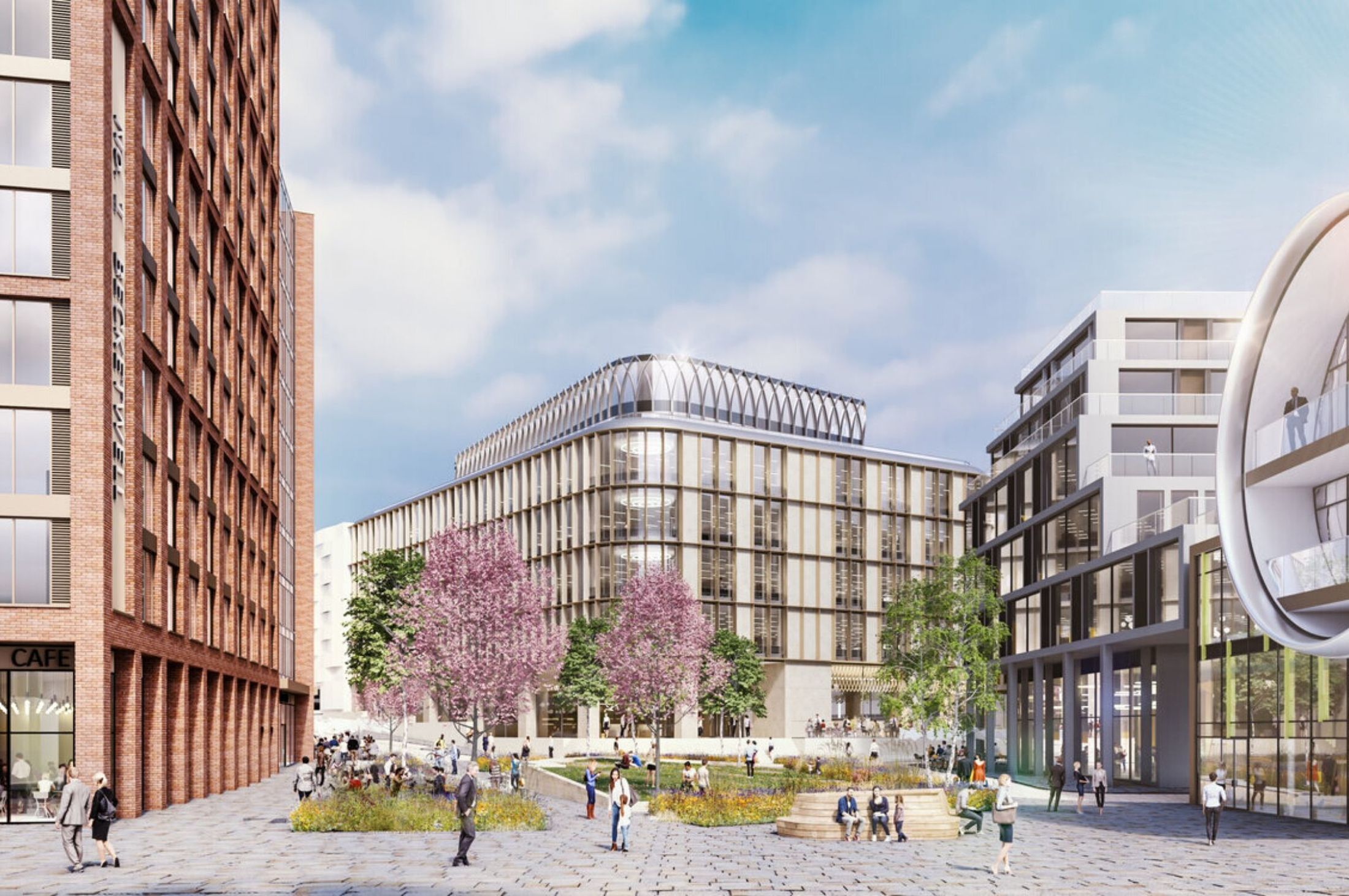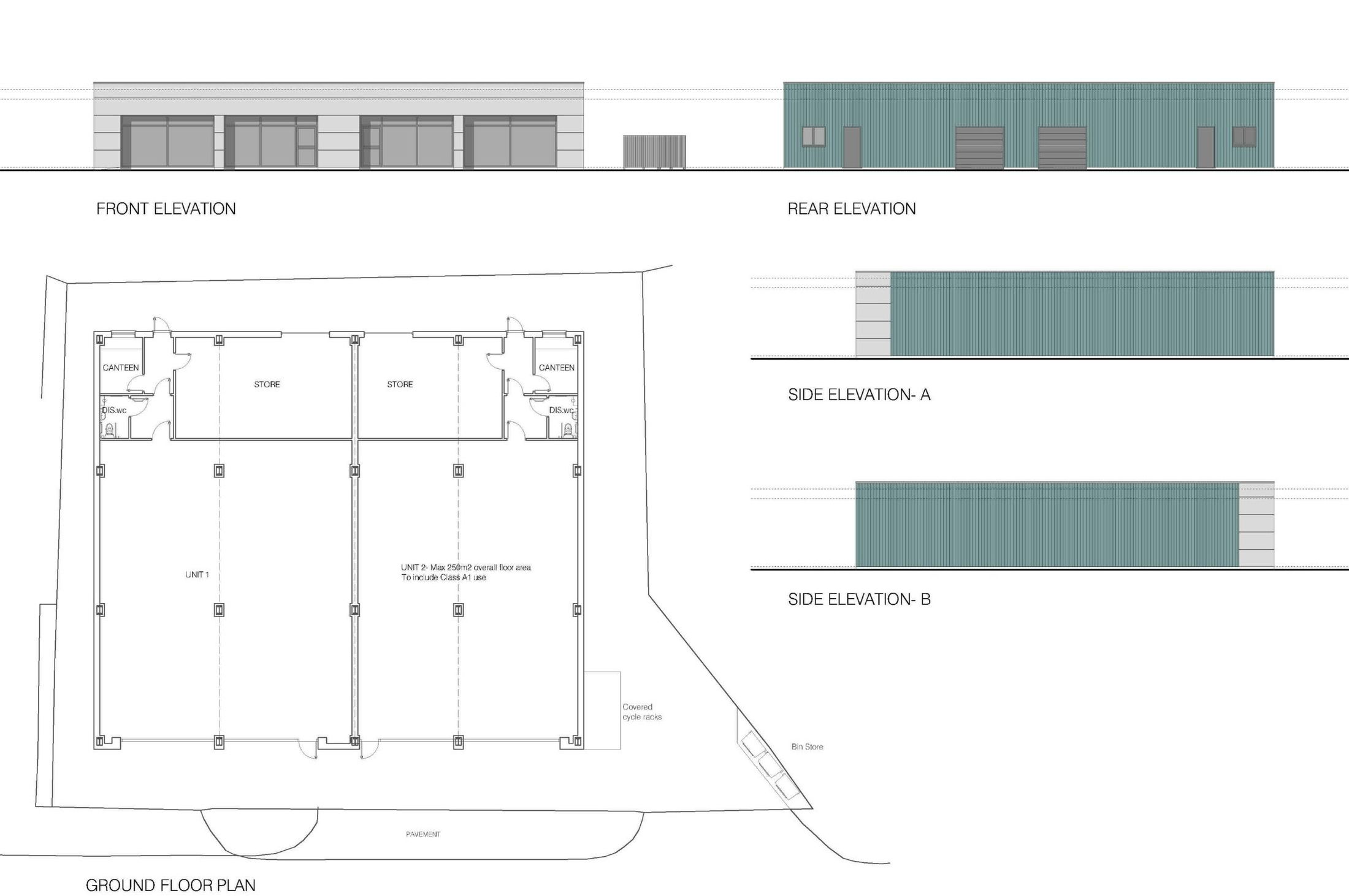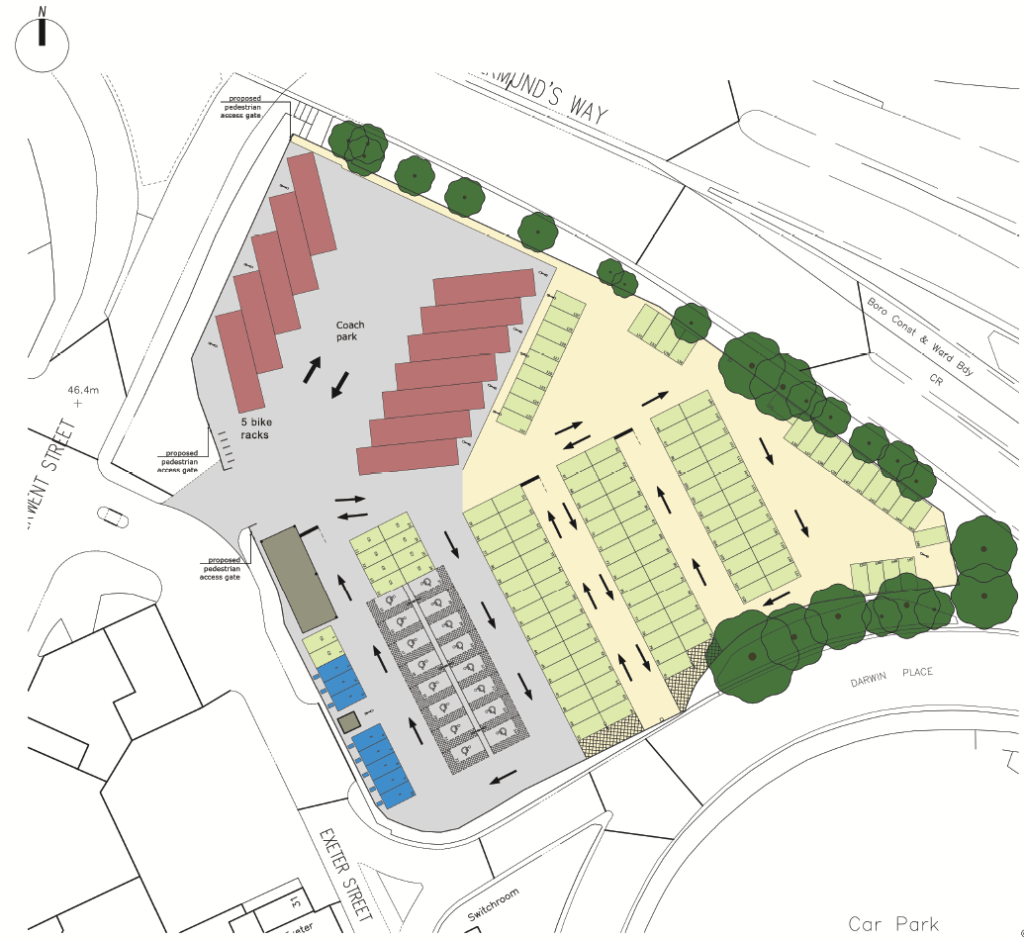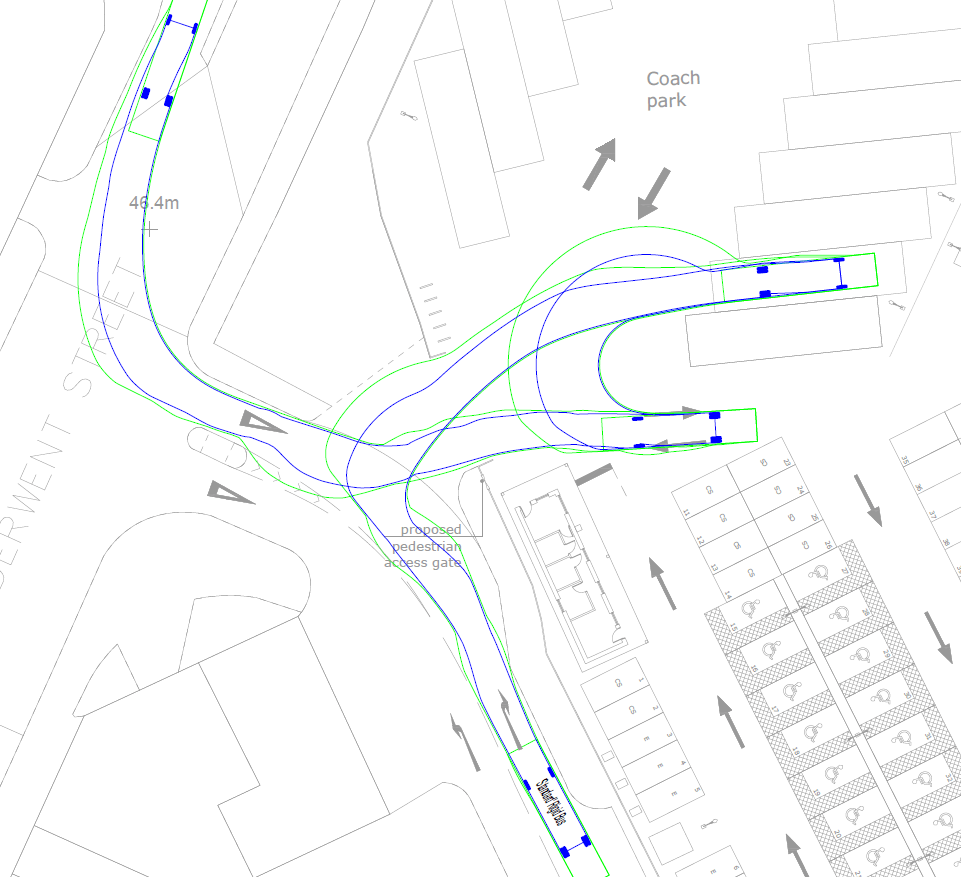The Covid-19 pandemic has exposed the weakness of Derby City centre. As a second order centre it does not attract out of town shoppers or tourists as a centre for retail spending because the offer is not top end, it cannot compete with nearby Nottingham or on-line shopping and out of town retailing. Whilst Derby district centres thrive, its town centre fails. The loss of office jobs to Pride Park, the closure of retails chains and the banks and businesses such as solicitors relocating to Pride Park has left large parts of city centre buildings empty.
Intu has also crashed and has gone bust. The centre remains open with the support of Intu creditors but it now has many empty units and key anchor tenants including Debenhams remain only by the grace of their creditors. Indoor events venues including the cinema and bowling/golf are not viable at the moment because of Covid-19.
Derby City Centre needs to be regenerated. This needs to be a combination of small scale organic refurbishment with small scale specialist shopping together with larger schemes. Radical changes are needed to the financial structure of the city centre. This means a radical change to rent and rates and we need to value the city centre and see it’s potential. There is more long term investment in buildings and structure in the city centre than anywhere else in Derby. To let the city centre continue to deteriorate is to throw away 300 years of investment for short term values and entrenched interests who do not value Derby or its people.
To bring the city back to life absent landlords need to re-think their expectations and their approach to city centre buildings. For too long absent landlords (often Pension funds) have used commercial buildings as part of their portfolios. Their value is based on their financial return and past rents are now unrealistic and this is creating high vacancy rates. To lower vacancy rates it will need a major revaluation and a significant drop in rents. By lowering rental values drastically; rents become affordable to a wider range of operators and small businesses.
Secondly Derby City Centre should re-think its enterprise zones. No longer should Infinity Park be the locus for a rates free environment, it should move to the city centre. It is unfortunate but Infinity Park has failed. Business does not want to locate there. The city’s priority should change and the city council should use the Enterprise Zone in a more effective and creative way by moving it to the city centre. A low rent, rates free city centre would re-invigorate the heart of the city.
Landlords would look at the whole of their buildings not just their ground floors. Schemes to house people, to refurbish upper floors would become viable and necessary, as each part of a building would make its contribution, not just the value of the ground floor operation. It would allow a wide range of tenants to take over premises, including small specialist businesses, housing associations and residential tenant groups. It would create greater diversity and variety. It would also help promote the arts and create spaces of artists and studios.
The city should also look at all its buildings including the Assembly Rooms. Are the ceilings really going to fall in? Could the building not be re-used by a wide variety of small businesses and even as accommodation? Why knock down a serviceable building? The decision to knock the building down seems to be based on not being able to keep it as the Assembly Rooms, but what else could it be used for? Other options do not seem to have been explored and if it is knocked down, how long will the scar remain to disfigure Market Square. Look at Becketwell, it has been an eyesore for over 30 years and the damage it has done to the image of the City Centre has been significant. To do the same in Market Square would be horrifying.
With climate change we need to use the buildings we have, not knock them down. Build a new entertainment venue in Becketwell by all means, but save and re-use the rest of the city centre, re-pave Market Place and with a re-purposed Assembly Rooms create a radical and exciting future for Derby.
Jonathan Jenkin, BA(Hons) BTP MTRPI, Managing Director, Planning & Design Practice Ltd
